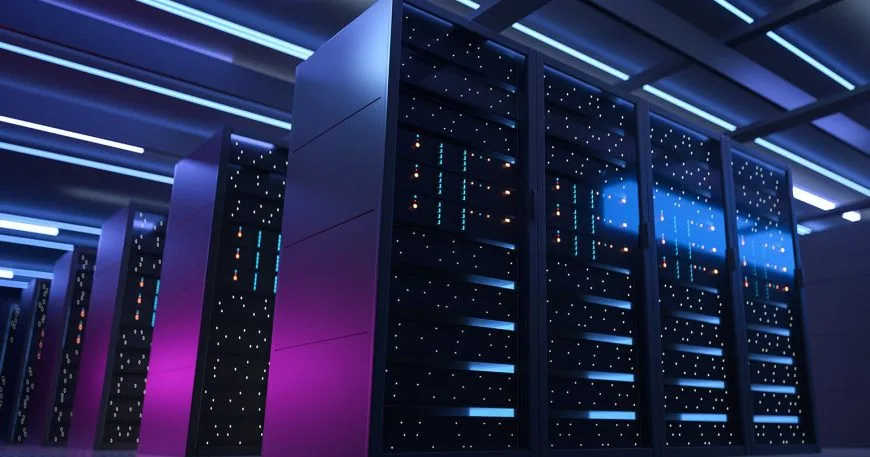In the rapidly evolving landscape of information technology, data centers stand at the heart of digital infrastructure. As the demand for data storage and processing power grows, advancements like artificial intelligence (AI), the Internet of Things (IoT), and big data analytics drive the need for innovative data center designs. Let’s explore the future trends shaping modern data center design.
Sustainability and Green Initiatives
Sustainability is quickly becoming a cornerstone of data center design. With increased awareness of climate change and environmental responsibility, designers are striving to minimize the carbon footprint of data centers. They are:
- Integrating Renewable Energy: Many data centers now utilize solar, wind, and hydroelectric power to reduce reliance on fossil fuels.
- Boosting Energy Efficiency: Advanced cooling techniques, such as liquid cooling and free cooling, alongside optimized airflow management, help reduce energy consumption significantly.
- Recycling and Reusing Materials: By following circular economy principles, data centers recycle e-waste and use sustainable materials in their construction.
2. Edge Computing
The rise of edge computing is reshaping data center architecture. As data processing needs to happen closer to the data source to reduce latency and improve performance, micro data centers are being deployed at the network edge. These edge data centers are smaller, modular, and often designed to operate autonomously. This trend supports applications like autonomous vehicles, smart cities, and real-time analytics.
3. Artificial Intelligence and Automation
AI and automation are transforming how data centers operate. Key developments include:
- AI-Driven Management: Utilizing AI for predictive maintenance, resource allocation, and optimizing energy use. AI can predict hardware failures and automatically reroute workloads to prevent downtime.
- Robotic Process Automation (RPA): Deploying robots for tasks such as hardware replacement, cable management, and monitoring physical security.
4. Hyperconverged Infrastructure (HCI)
Hyperconverged infrastructure is gaining traction as it simplifies data center management by combining storage, computing, and networking into a single system. HCI reduces complexity and improves scalability, making it easier to manage large-scale deployments and support dynamic workloads.
5. Enhanced Security Measures
With cyber threats on the rise, data center security is paramount. Future data center designs are incorporating:
- Zero Trust Architecture: Ensuring that no entity, inside or outside the network, is trusted by default. Continuous verification and strict access controls are enforced.
- Physical Security Enhancements: Using biometric access controls, advanced surveillance systems, and secure rack enclosures to protect against physical threats.
6. Utilizing Modular and Prefabricated Data Centers
Modular and prefabricated data centers offer flexibility, speed of deployment, and cost efficiency. These data centers use pre-engineered modules that can be quickly assembled on-site. This approach proves particularly useful for scaling capacity in response to demand and deploying data centers in remote or underserved areas.
7. Focusing on High-Density Computing
As computational demands grow, high-density computing solutions become more prevalent. Designers maximize computing power per square foot by:
- Implementing Liquid Cooling Systems: These systems are more efficient than traditional air cooling, allowing for higher density racks.
- Incorporating Advanced Chip Technologies: GPUs, TPUs, and other specialized processors optimize tasks like AI and machine learning.
8. Integrating 5G Technology
The rollout of 5G networks drives significant changes in data center design. 5G’s high speed and low latency capabilities necessitate more localized, smaller data centers to handle increased data traffic and support latency-sensitive applications.
Conclusion
The future of data center design merges innovation and necessity, driven by technological advancements and the push for sustainability. By embracing these trends, data centers will meet the growing demands of the digital age and contribute to a more efficient and environmentally responsible future. As these trends evolve, data centers will become smarter, greener, and more integral to our connected world.














